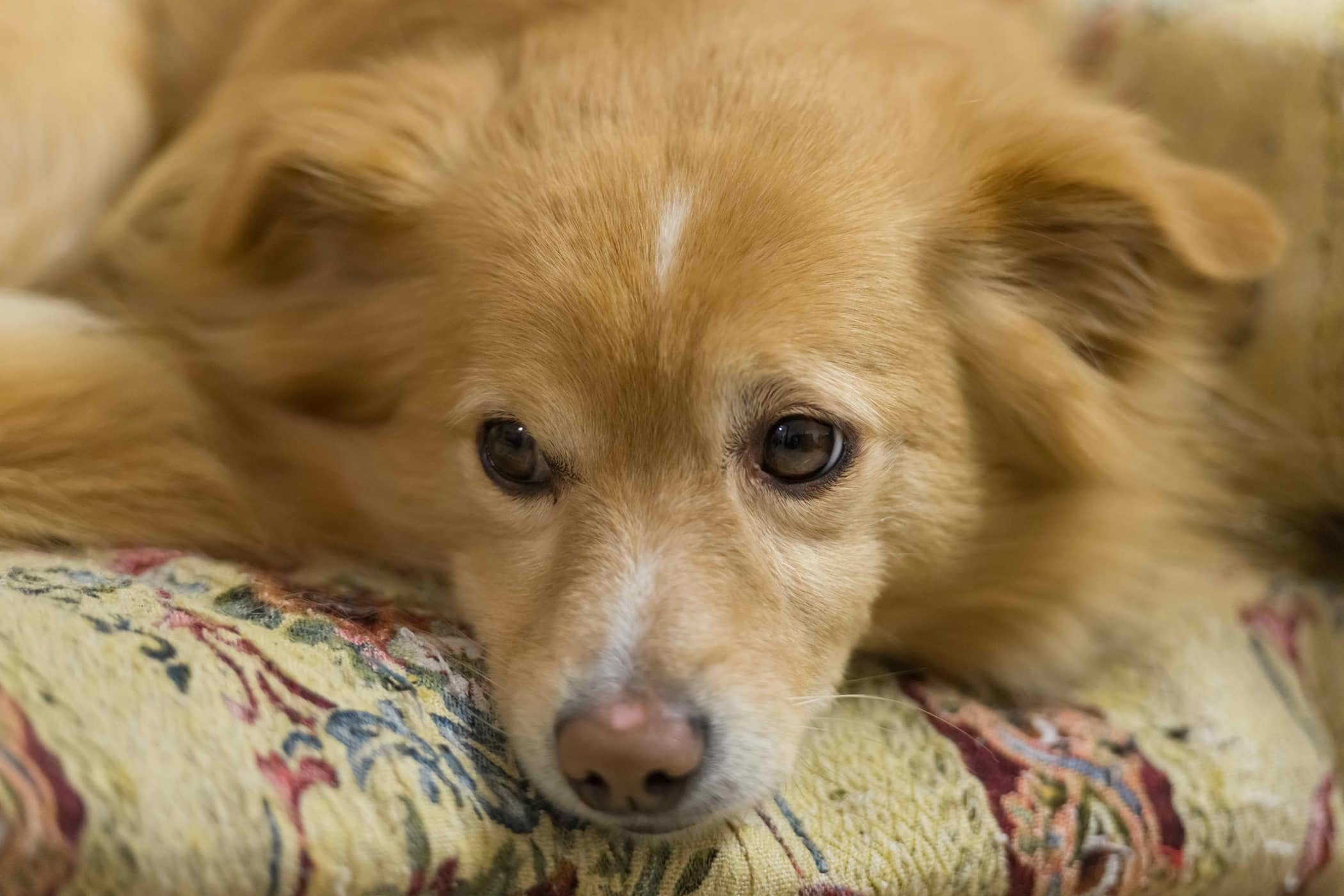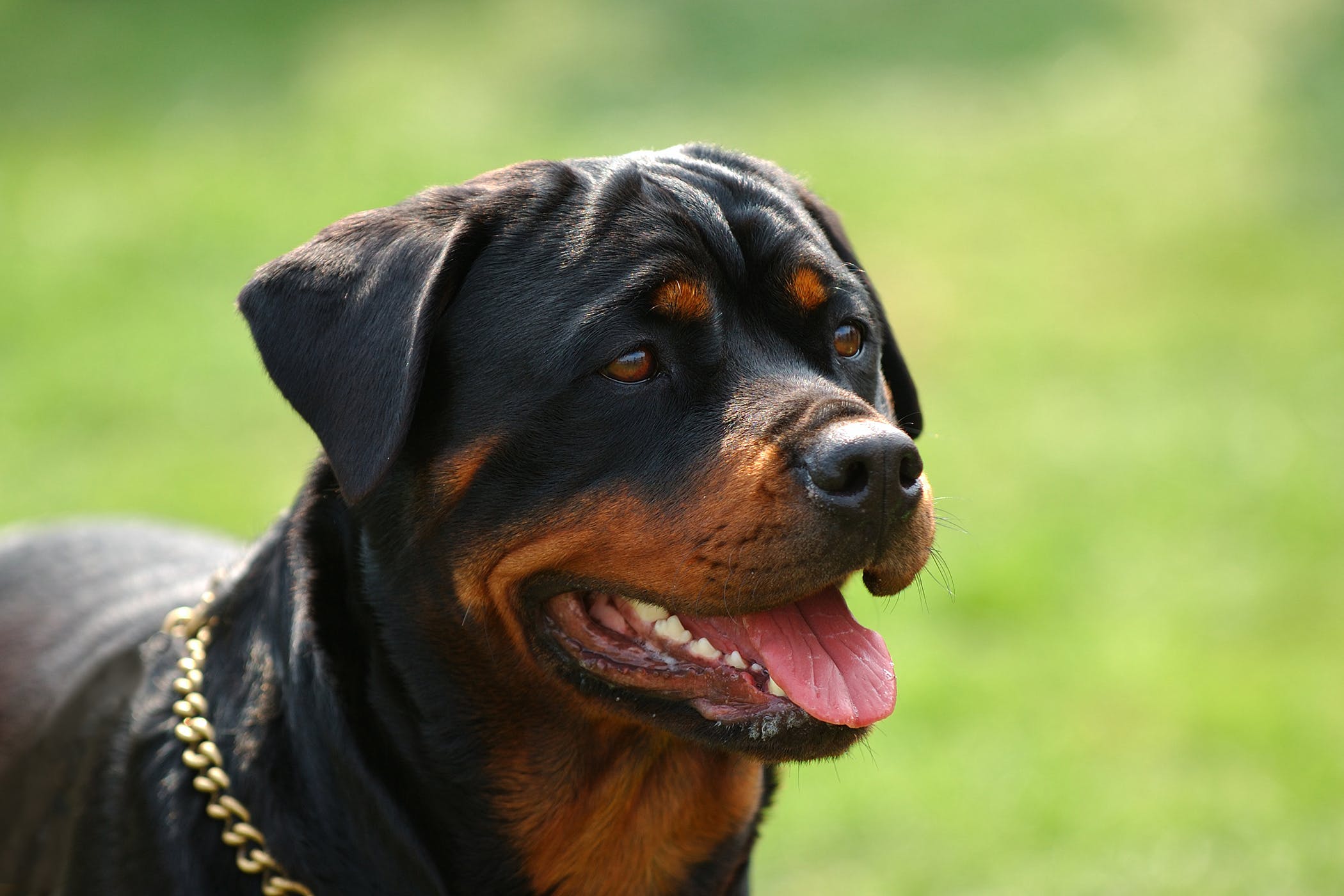When you think back to the things you used to love to eat when you were a kid, chances are many of those things are no longer among your favorites. As we grow and mature, our tastes change. To some extent, dogs are like that, too. It’s not unusual for a dog to suddenly turn up his nose at a food he has been eating enthusiastically for quite some time. Here are some tips to handle the situation if your dog decides he no longer likes his food.
First, Rule Out Illness – If your dog stops eating for any reason the first thing you should do is rule out any illness or health issues. Be particularly observant of his actions and activities. Is he hydrating normally? Eliminating? Is his activity level normal and does his sleep schedule seem unchanged? These are just a few of the questions your vet is likely to ask you, so pay close attention so that you can report anything else that seems odd or out of place. If all health-related issues are ruled out, then chances are your dog has just had a change of taste.

Change Foods Gradually – Just because your dog doesn’t care for his old food anymore doesn’t mean his digestive system is ready for a total change. Find an alternative food that provides the necessary nutrition based on his size, age and medical needs. Once you have the new food, introduce it gradually by mixing it with his old food. Change the percentages of each by 25 percent each week until you are feeding all new food in week four. (Week one will be 75 percent old food and 25 percent new food. Week two will be 50 percent each, etc.)
Make Periodic Changes – Although changing foods often can cause intestinal distress and result in your dog becoming a picky eater, many experts agree that periodic changes in your dog’s diet can be beneficial. Not only does it provide a variety of taste to make your dog’s meals more interesting, it can help ensure he is getting the proper nutrition, since no food is absolutely perfect for every dog. To help ensure your dog will begin eating normally once again, WebMD for Pets offers the following suggestions:
Take away treats to ensure your dog is hungry. Increase walks or physical activity to help him build up an appetite. Be positive when presenting his food and make meal time fun. Take away any possible stressors at meal time that may inhibit eating.

Our pets are more like us than we sometimes realize, and preferring a varied diet is just one of those ways. Don’t be afraid to change up your dog’s food every once in a while. As long as you do it gradually while ensuring adequate nutrition, it should result in a happier, healthier dog. You may also resort to some helpful websites and reliable online platforms that provide some tips on how you can retrieve the appetite of your dog to his or her food. You can [google_bot_show][/google_bot_show]visit the site of some bloggers and writers as well for more information.




